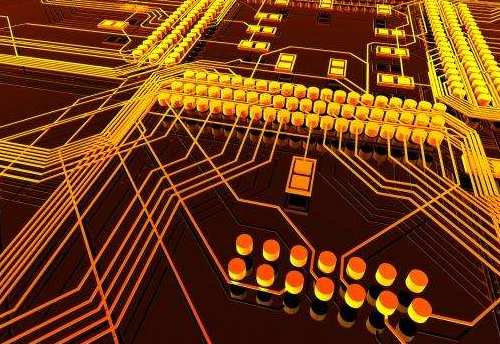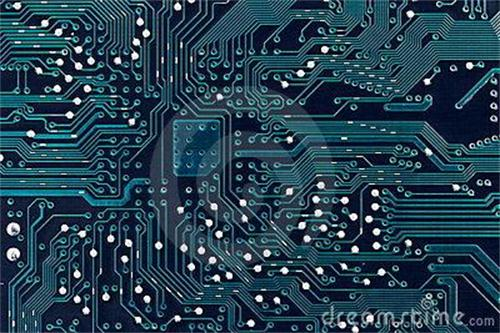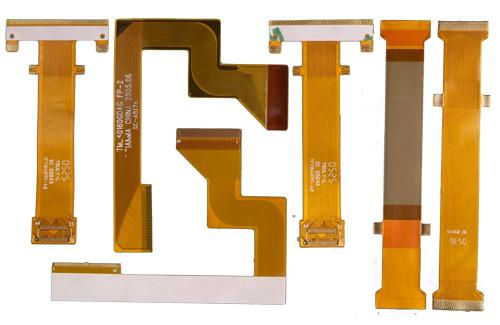What is PCB
PCB (Printed Circuit Board) is one of the important parts of the electronics industry. Almost every kind of electronic equipment, from electronic watches, calculators, to computers, communication electronic equipment, military weapon systems, as long as there are electronic components such as integrated circuits, printed boards are used for the electrical interconnection between them. . In the research process of larger electronic products, the most basic success factors are the design, documentation and manufacturing of the product’s printed board. The design and manufacturing quality of printed boards directly affects the quality and cost of the entire product, and even leads to the success or failure of commercial competition.
The role of PCB
The role of PCB After electronic equipment adopts printed boards, due to the consistency of similar printed boards, manual wiring errors can be avoided, and electronic components can be automatically inserted or mounted, automatic soldering, and automatic detection, ensuring electronic The quality of the equipment improves labor productivity, reduces costs, and facilitates maintenance.

PCB ‘s development
Printed boards have developed from single-layer to double-sided, multi-layer and flexible, and still maintain their respective development trends. Due to the continuous development of high precision, high density and high reliability, continuous reduction in size, cost reduction, and performance improvement, the printed circuit board will still maintain a strong vitality in the future development of electronic equipment.
The domestic and foreign discussions on the future development trends of printed board manufacturing technology are basically the same, that is, to high density, high precision, fine aperture, fine wire, fine pitch, high reliability, multilayer, high-speed transmission, light weight, The development of the thin type, in terms of production, simultaneously increases productivity, reduces costs, reduces pollution, and adapts to the development of multi-variety, small-batch production. The technical development level of the printed circuit is generally represented by the line width, aperture, and plate thickness/aperture ratio on the printed board.

What is FPC
FPC (flexible circuit board) is a kind of PCB, also known as “soft board”. FPC is made of flexible substrates such as polyimide or polyester film. It has the advantages of high wiring density, light weight, thin thickness, flexibility, and high flexibility. It can withstand millions of dynamic bending without damaging the wires. It has advantages that other types of circuit boards cannot match.
Multilayer FPC circuit board
1. Application: mobile phone
Because of the light and thin characteristics of the flexible circuit board, it can effectively save the product volume, easily connect the battery and the microphone, and make it integrated with the button.
2. Computer and LCD screen
Utilizing the integrated circuit configuration of the flexible circuit board and the thin thickness, the digital signal can be better converted into a picture, which is presented through the LCD screen;
3.New applications: Suspension circuits of hard disk drives, xe packaging boards and other constituent elements.
In which aspects will FPC continue to innovate in the future?
- Thickness. The thickness of FPC must be more flexible and must be thinner;
- Folding resistance. The ability to bend is an inherent characteristic of FPC. In the future, FPC must be more resistant to folding, which must exceed 10,000 times. Of course, this requires a better substrate;
- Price. At this stage, the price of FPC is higher than that of PCB.
- Technological level. In order to meet various requirements, the FPC process must be upgraded, and the minimum aperture and minimum line width/line spacing must meet higher requirements.
